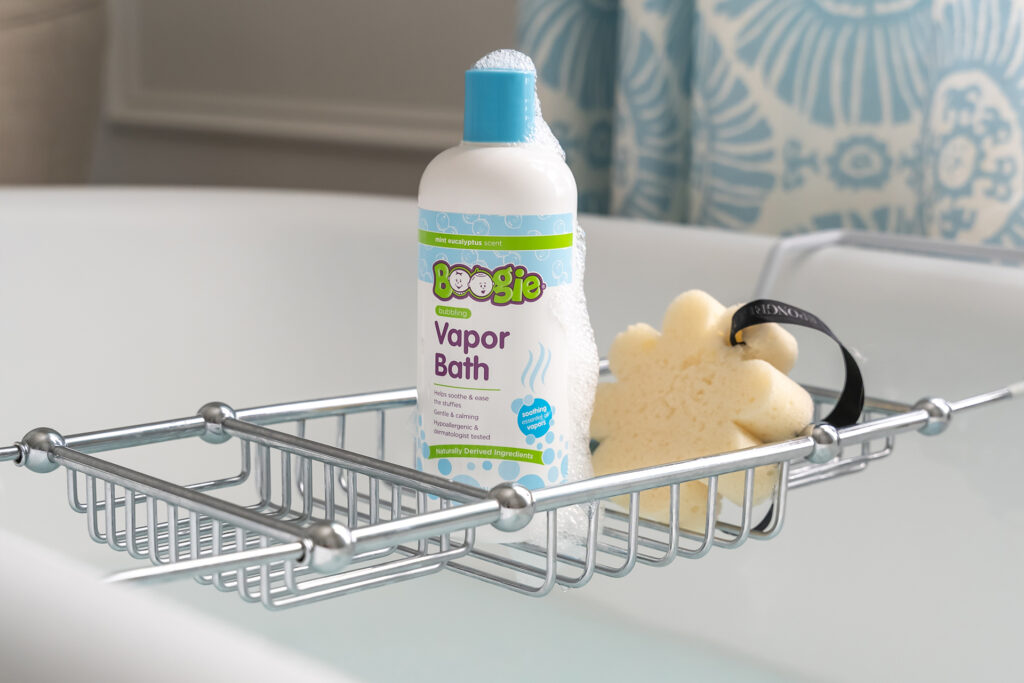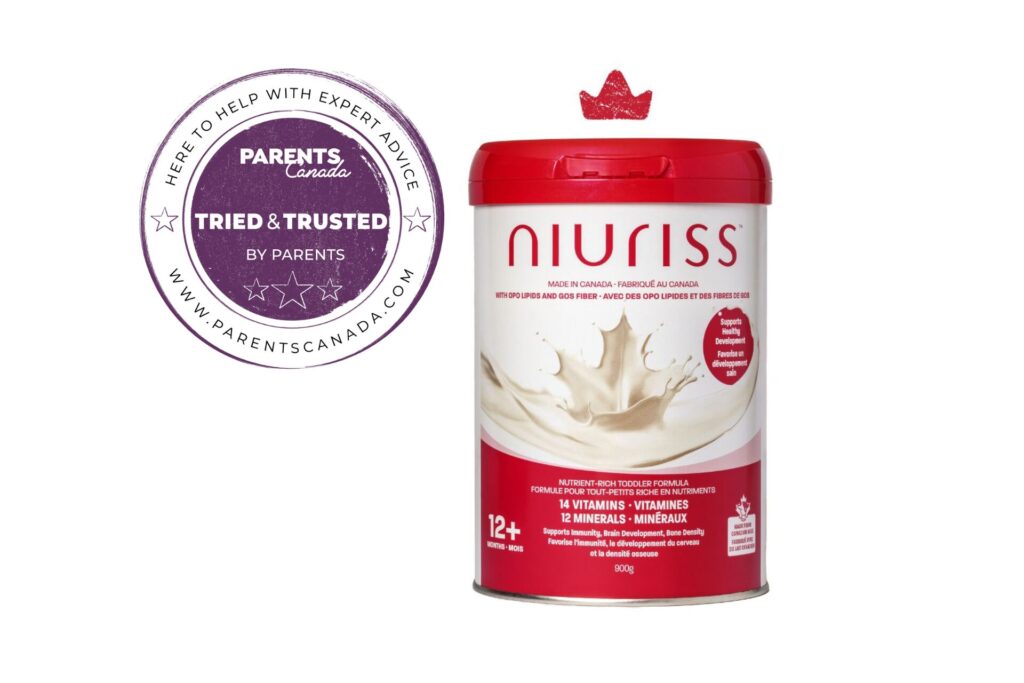So you’ve finally had success with the first step of toilet training – your little one happily goes pee in the potty, wipes, pulls her pants back on, and is back to the races.
But when it comes to poop, it’s another matter. You’ve tried everything from bribery and persuasion to a pink princess potty that chimes the theme from Sleeping Beauty when the lid is lifted. Nothing works. “No poop on potty,” she says, with stubborn determination, as she tiptoes behind the recliner to do her business in her pull-up or undies.
 This is a common toilet training problem, says Dr. Darcie Kiddoo, a pediatric urologist at Stollery Children’s Hospital at the University of Alberta in Edmonton. There can be a number of reasons why kids don’t want to poop in the potty – embarrassment and toddler contrariness among them – but the most common reason is fear. Kids can have fear about many aspects of going on the toilet: the anticipation of water or air hitting their bottom, the sound of the “plop” in the water below or of the toilet flushing. But the most common cause of fear is that the child has had a previously painful bowel movement.
This is a common toilet training problem, says Dr. Darcie Kiddoo, a pediatric urologist at Stollery Children’s Hospital at the University of Alberta in Edmonton. There can be a number of reasons why kids don’t want to poop in the potty – embarrassment and toddler contrariness among them – but the most common reason is fear. Kids can have fear about many aspects of going on the toilet: the anticipation of water or air hitting their bottom, the sound of the “plop” in the water below or of the toilet flushing. But the most common cause of fear is that the child has had a previously painful bowel movement.
“A lot of it comes down to constipation,” says Darcie. “If a child has had a large or painful bowel movement in the past, or if the first time they tried to go on the toilet it hurt, they associate pain with the toilet. That is probably the leading cause of bowel problems in kids.” An increase in fibre and water intake, and even a gentle stool softener, can help ease the problem.
What you don’t want is for the child to hold in their bowel movements. Chronic constipation and withholding can result in a condition called encopresis, where the body eventually stops sending the signal that the child has to go. “What happens is the bowel movements get harder and harder, and there can be a lot of abdominal pain associated with severe constipation.”
If you suspect there is a medical condition that is preventing your child from pooping on the toilet, consult with your pediatrician. “A period of time between successful bladder toilet training and bowel toilet training is normal, but if it’s months and months, it is definitely something that should be checked out by a doctor.”
As frustrating as it can be for parents, a positive approach to toilet training really helps, says Darcie. “Cheer when they have success, but don’t get stressed out when they don’t. All healthy kids who are reaching all of their other milestones will eventually toilet train. If they have an accident, just say ‘too bad’ and move on. That is absolutely the best approach.”
DOS AND DONTS FOR TOILET TRAINING SUCCESS
- DON’T make jokes about poop being “stinky” or that going to the bathroom is funny or shameful in any way. That can make your little one even more self-conscious.
- DO talk about bowel movements in a matter-of-fact way and how they are part of healthy living and a normal bodily function.
- DO look for books that handle this topic in a gentle and kidfriendly way. “Everybody Poops” by Taro Gomi and “It Hurts When I Poop: A Story for Children who are Scared to Use the Potty” by Dr. Howard Bennett are two good ones.
- DO encourage your child to sit on the potty a couple of times a day. Don’t worry if nothing happens – just get him used to the feeling of sitting there. Bring a book or toy into the bathroom to help him relax and feel more comfortable.
- DO allow her to continue to poop in a pull-up, if that is what she is comfortable doing. But after she’s finished, have her empty the poop into the toilet and fl ush it down, so she knows that’s where it goes. It’s a good idea to try to get her to poop in the bathroom, even if she is standing in the corner in her pull-up.
- DON’T get visibly upset or angry when accidents happen, or punish your child in any way. “You don’t want any negative reinforcement around toileting,” says Dr. Kiddoo. “Getting upset never helps.”










